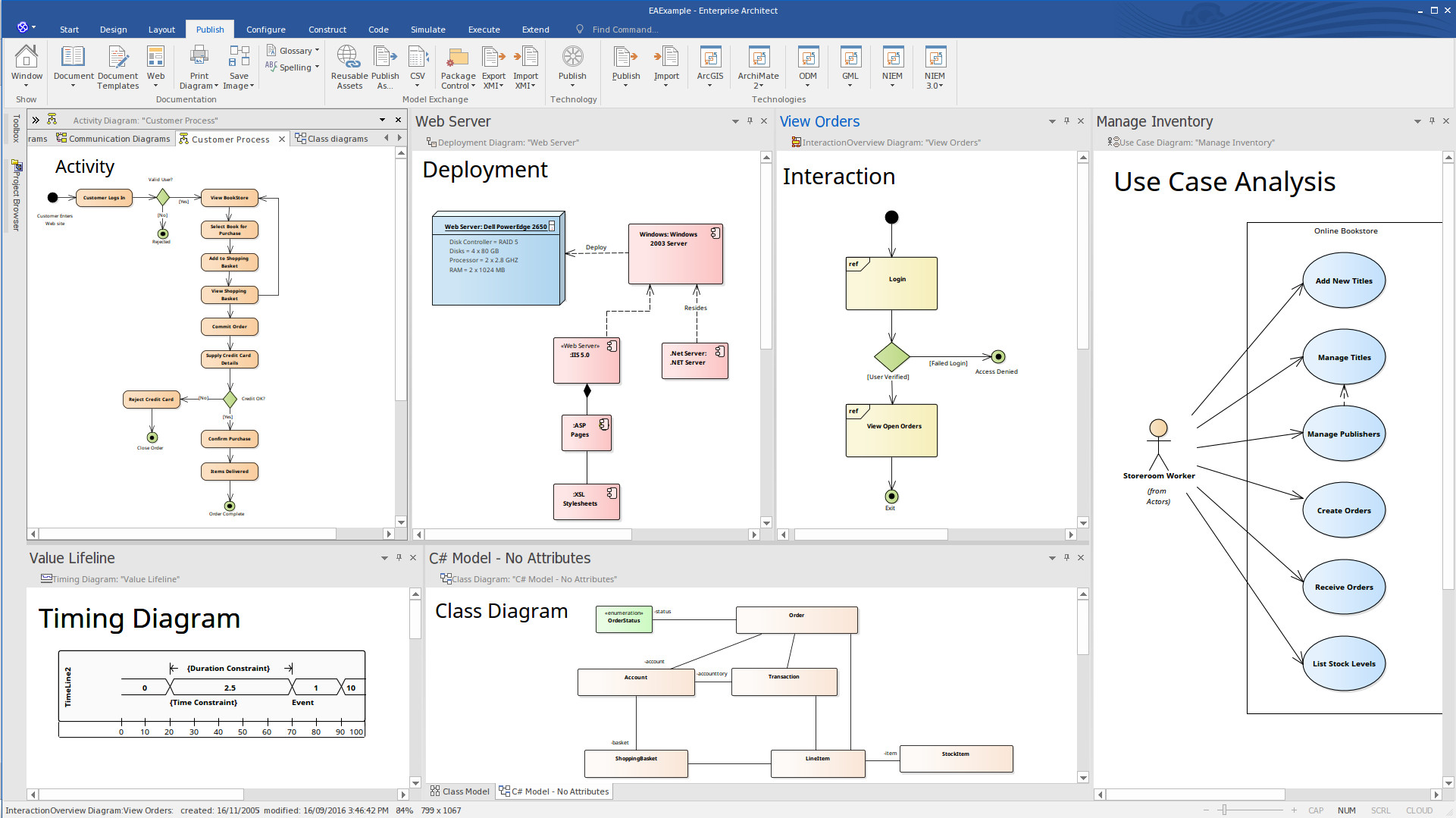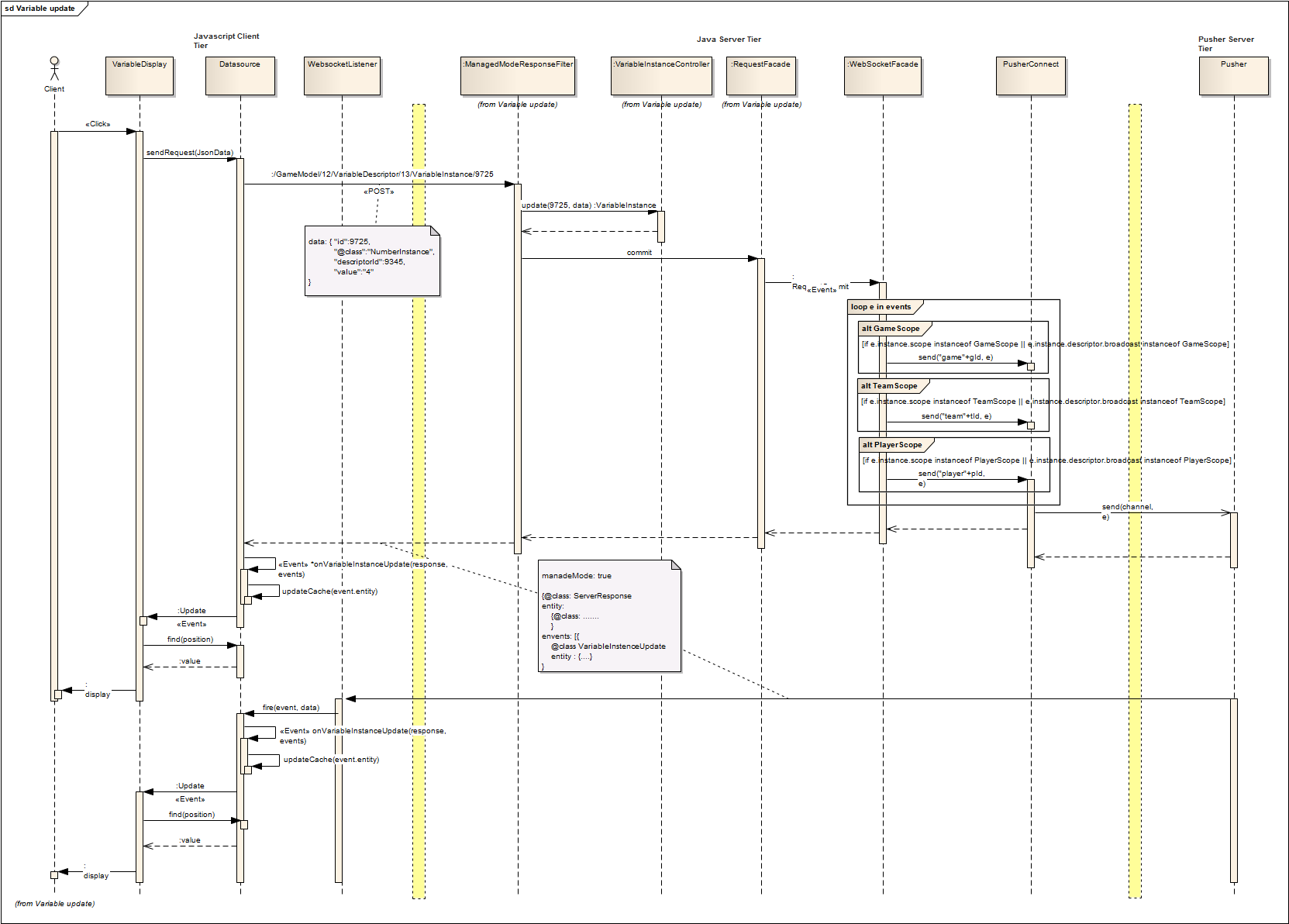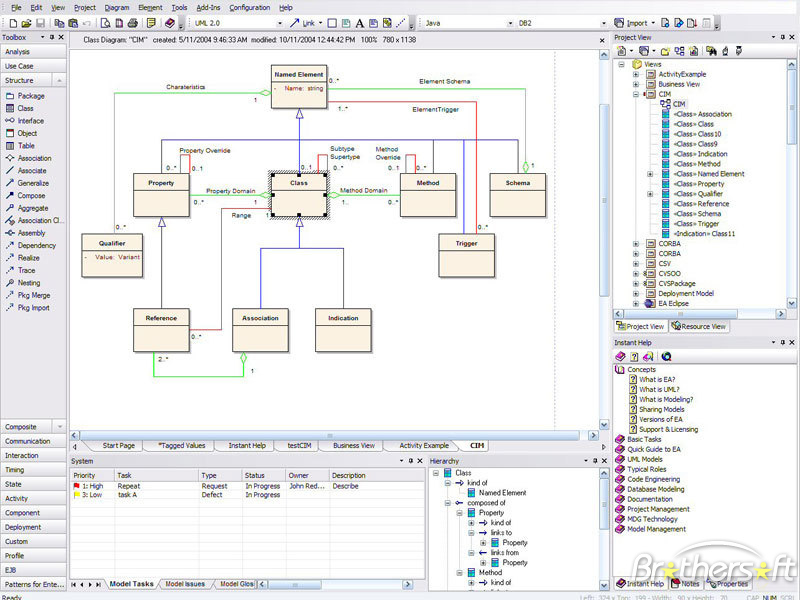
they was a little confussed about asynchronious messaging ( was it a signal ). The folks who argued that all them return messages. The focus of control does not continue ( it an't there it's bouncing around at obB). you send on the top and return on the mono-rail. If your sending a synchronious message, then the line has a top and bottom.

yet to be used message ( the one with all the cost ). how you show placeholders for yet to be used object instance fields? (UML Class Property - formally Attributes). you probably need to have an attribute all ready defined ( declared. I haven't tried it, but just filling out the vairable thingie thats the target of your return value, I think it's called assign. but just do ya call then draw another line and just click the 'Is return' will simulate the effect I think you are seeking. 'Assume message returns' just above 'auto garbidge collection'.Īll them auto draw dotted lines whizzing about, really made seeing the actual messages being sent obscure. There's a hint of something assumed Settings | Tools | Options. So I would have to add the same operation to AĪ doesn't have this operation at all - it uses it.īut the arrow points in the wrong directionĪnd the complete diagram semantics is wrong now. Now I want to model the return value explicitlyīut I can't select an operation from Object B. EA shows the signature of this message. Timing diagrams show timing constraints of a system in a given time frame.
If neither case applies, set the field to '
Select 'New' to create a new element at the end of the Message, or 'Delete' to terminate the message flow at the end of the Message. I draw a message from A to B and select this operation as message Sequence diagrams show how objects communicate and the sequence of their messages. Click on the drop-down arrow and select either 'Call' or 'Signal', as appropriate. Object B has an operation: calculate(float, float): float But I can only select an operation from the caller.Īnother possibility would be that EA reverts the arrow if I select "Is Return". In my opinion I should be able to select an operation from the called object as message if I check "Is Return". When properly applied (See Usage Notes below) Activity diagrams are recursively scalable and simulatable.I have a problem to understand the concept of the checkbox "Is Return" of dialog "Message Property" on sequence diagrams. The purpose of Sequence diagrams is to specify dynamic system behaviors as message-passing collaborations among prototypical Blocks (Parts). compare and contrast: Message Sequence Charts (MSCs).Combined Fragment operators support recursive nesting and Turing Complete semantics ( Alternative, Optional, Parallel, Loop, etc.).collaborating objects or services are Parts depicted as Lifelines (notation: rectangle with a dashed vertical line below).Sequence diagram (sd): A Sequence diagram is a dynamic behavioral diagram that shows interactions (collaborations) among distributed objects or services via sequences of messages exchanged, along with corresponding (optional) events.

Messages may be synchronous (notation: open arrowhead) or asynchronous (notation: black-triangle arrowhead). Message: A Message (notation: arrow) represents communication from one object to another, with the expectation that a useful behavior will ensue. What is a SysML Sequence diagram? Definitions


 0 kommentar(er)
0 kommentar(er)
